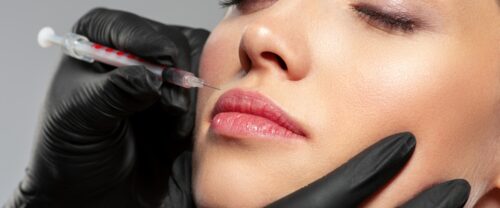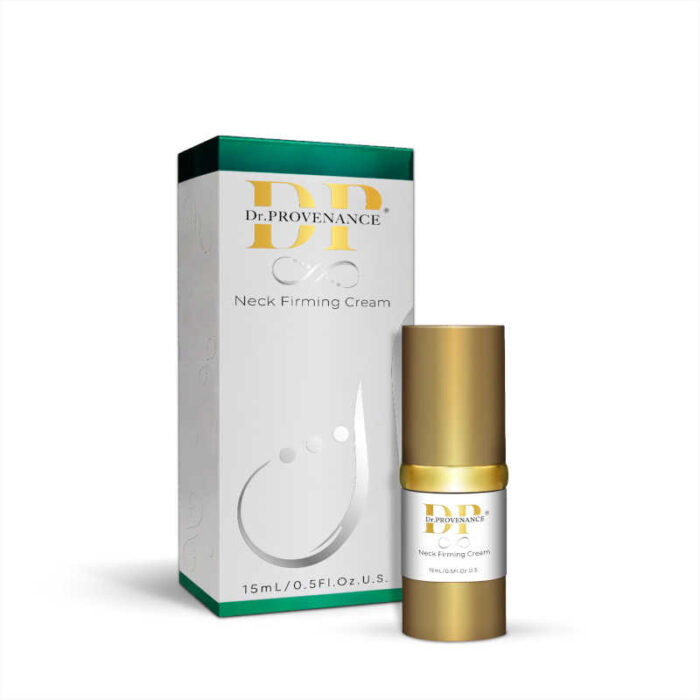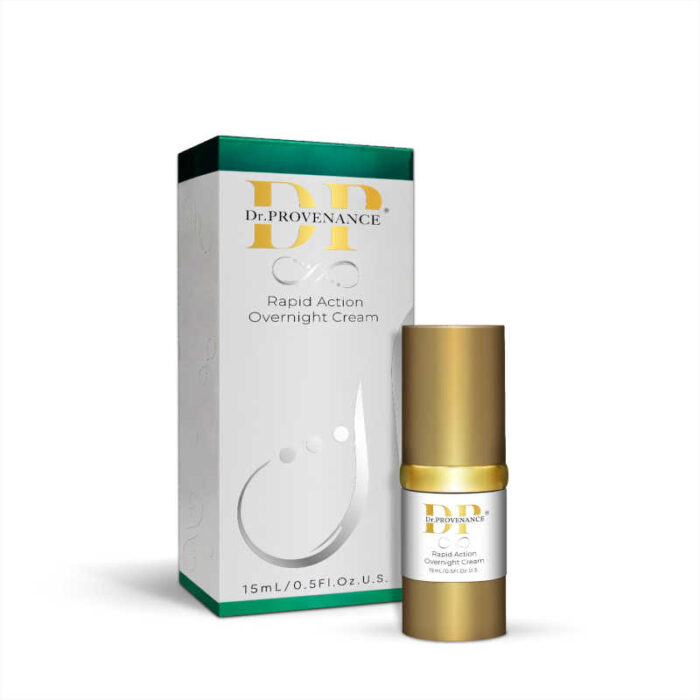You’ve just had your Botox treatment, and now you’re excited to see those smooth, refreshed results. But what you do after your appointment is just as important as the injections themselves. Practicing proper Botox aftercare not only supports your skin’s healing process but also helps ensure you get the best—and longest-lasting—results.
Whether it’s your first time or you’re a regular, knowing the right Botox healing tips can prevent unwanted side effects and enhance your outcomes. In this guide, we’ll cover everything you need to know about what to do (and what to avoid) in the hours and days following your Botox injections.
Table of Contents
- Why Botox Aftercare Matters
- What to Expect After Your Botox Appointment
- Botox Healing Tips: What You Should Do
- Botox Aftercare Mistakes to Avoid
- When to Contact Your Provider
- Best Botox Aftercare Tips You Should Follow
- Final Thoughts
1. Why Botox Aftercare Matters
Although Botox is a minimally invasive cosmetic procedure, that doesn’t mean aftercare can be overlooked. In fact, how you treat your skin in the hours and days following your appointment can significantly influence the quality and longevity of your results. Botox works by temporarily relaxing specific facial muscles to reduce the appearance of dynamic wrinkles. However, it takes time for the product to settle properly into the targeted areas. The first 24 to 48 hours post-treatment are especially important, as your actions during this period can either support or hinder the success of the injections.
Proper Botox post-treatment care serves several key purposes: it helps prevent common side effects such as bruising and swelling, ensures the Botox remains in the intended muscles without migrating, minimizes the risk of complications, and ultimately maximizes the effectiveness and duration of your results. By carefully following your provider’s aftercare instructions and steering clear of harmful habits, you’re giving your skin the ideal environment to heal quickly and beautifully.
2. What to Expect After Your Botox Appointment
It’s normal to experience mild side effects following your Botox treatment, especially within the first day. These short-term reactions are part of your body’s natural healing process and usually resolve without concern. You may notice redness or mild swelling at the injection sites, slight tenderness, or a feeling of tightness in the treated area. In some cases, small bumps or minor bruising may also appear. Additionally, a few patients report headaches or a sense of heaviness, particularly around the forehead. While it’s tempting to look for immediate results, Botox doesn’t work instantly. Most patients begin to see changes within 3 to 5 days, with full results becoming visible by around two weeks. It’s important to remain patient during this period and avoid manipulating the area while the Botox is taking effect. These early days are crucial to ensuring a smooth, natural-looking result.
3. Botox Healing Tips: What You Should Do
To promote healing and help your results last longer, there are several aftercare practices you should prioritize in the days following treatment. First and foremost, it’s essential to stay upright for at least four hours after your injections. This prevents the Botox from drifting to unintended areas and supports proper absorption.
You should also avoid touching, rubbing, or massaging the treated area, especially during the first 24 hours. Disrupting the injection sites can interfere with product placement and result in less symmetrical outcomes. If you experience mild swelling or discomfort, applying a cold compress for short intervals can help reduce inflammation—but make sure to use a clean cloth and never apply ice directly to the skin.
When it comes to skincare, keep things gentle and simple. Stick with mild cleansers and moisturizers, and avoid exfoliants, chemical peels, or products containing active ingredients like retinol or glycolic acid for at least 48 hours. Your skin is in a delicate state and needs time to recover without irritation.
In addition, give yourself a break from intense physical activity. Avoid strenuous exercise for at least 24 hours, as elevated heart rate and blood flow can compromise the Botox’s ability to settle correctly. Don’t underestimate the power of hydration and rest—drinking plenty of water and getting quality sleep helps your body recover more efficiently and supports skin health from within.
4. Botox Aftercare Mistakes to Avoid
Even small oversights can affect your Botox results, so it’s essential to be aware of the most common aftercare mistakes. First, avoid consuming alcohol for at least 24 hours after your appointment. Alcohol can thin the blood and increase your risk of bruising and swelling at the injection sites. It’s also important to steer clear of saunas, hot tubs, tanning beds, and any other sources of excessive heat in the first day or two post-treatment. High temperatures can dilate blood vessels and potentially cause the Botox to migrate, reducing its effectiveness.
Another common mistake is booking facials, massages, or other facial treatments too soon. Wait at least seven days before undergoing any procedures that involve pressure or stimulation near the treated areas. Similarly, avoid applying heavy makeup immediately after your appointment. Blending and brushing can apply unwanted pressure and disrupt the injection sites, so it’s best to let your skin rest and breathe. By staying mindful of these aftercare dos and don’ts, you can help your Botox treatment deliver the smooth, natural-looking results you’re hoping for—without complications.
5. When to Contact Your Provider
Although side effects are rare and usually mild, it’s important to stay alert. Contact your provider if you experience:
-
Severe pain or swelling
-
Drooping of the eyelid or brow
-
Difficulty speaking or swallowing
-
Signs of an allergic reaction (e.g., rash, itching, or shortness of breath)
Your provider is your best resource for post-treatment guidance and any concerns that may arise.
6. Best Botox Aftercare Tips You Should Follow
Taking care of your skin after Botox is just as important as the treatment itself. To ensure optimal results and a smooth recovery, follow these trusted aftercare practices:
-
Stay Upright for 4 Hours
This helps prevent the Botox from spreading to unintended areas and ensures it stays where it was injected. -
Avoid Rubbing or Touching the Treated Area
Give your skin time to absorb the product. Pressing or massaging too soon can cause uneven results. -
Skip Workouts for a Day
Intense physical activity increases blood flow, which could reduce Botox effectiveness or lead to bruising. -
Say No to Heat and Sun
Avoid saunas, hot tubs, tanning beds, and prolonged sun exposure for at least 24–48 hours. -
Keep Skincare Simple
Stick to gentle, non-active products. Avoid exfoliants, peels, or acids for at least two days post-treatment. -
Avoid Alcohol and Blood Thinners
These can increase your chances of bruising and should be avoided 24 hours before and after treatment. -
Use a Cold Compress if Needed
To reduce swelling or redness, apply a cool (not frozen) compress in short intervals.
By following these essential Botox aftercare tips, you’ll help your skin heal faster and extend the life of your treatment—ensuring a smoother, more youthful appearance that lasts.
7. Final Thoughts
The secret to great Botox results isn’t just in the injections—it’s in the aftercare. By following these Botox healing tips, you’ll help your skin recover beautifully and make your results last longer. Whether you’re new to Botox or just want to refresh your routine, our expert team at Emma Clare MedSpa is here to support you every step of the way.
Book your Botox consultation today to receive personalized care and expert advice tailored to your unique skin goals. Let us help you look and feel your best—with confidence, care, and natural-looking results.
Disclaimer
This blog is intended for educational purposes only and is not a substitute for professional medical advice. Always consult with a qualified provider regarding any questions or concerns about Botox treatments or aftercare.






